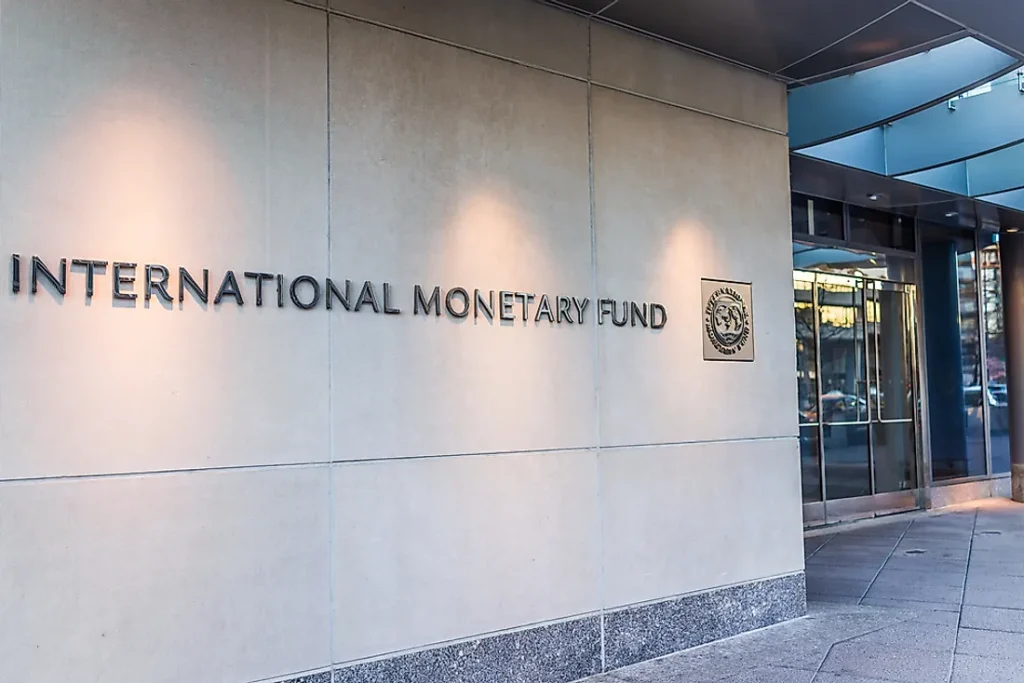The International Monetary Fund (IMF) has projected that global public debt will reach an unprecedented $100 trillion this year, cautioning that the fiscal outlook for many countries may be worse than expected.
In its latest fiscal policy report, the IMF anticipates that global public debt will amount to 93% of the world’s gross domestic product (GDP) in 2024, and is likely to approach 100% of GDP by 2030—a rise of 10 percentage points compared to 2019 levels before the onset of the Covid-19 pandemic.
“Global public debt is very high,” stated Era Dabla-Norris, Deputy Director of the IMF’s Fiscal Affairs Department, during a press briefing. She emphasised that the debt burden could potentially exceed current projections, citing spending pressures related to climate change, overly optimistic debt forecasts, and unidentified debts as contributing factors.

“So the bottom line is that it’s time for countries to get their fiscal house in order,” she urged.
The IMF’s report introduced a new debt-at-risk methodology to better assess risks associated with debt projections. It warned that, in a worst-case scenario, global public debt could rise to 115% of GDP by 2026 — nearly 20 percentage points higher than the Fund’s baseline forecast.
The report also highlighted that global factors increasingly drive the fluctuations in government borrowing costs across countries. It noted that high debt levels in key economies could heighten the volatility of sovereign yields and increase debt risks for other nations.
With moderating inflation and interest rate cuts in many regions, the IMF suggested that now is an opportune time for countries to rebuild their fiscal buffers. It added that economies are currently better placed than before to manage the effects of fiscal tightening.
According to the IMF, the fiscal adjustment required to bring global public debt back under control ranges from 3.0% to 4.5% of GDP, on average—almost double the size of previous adjustments.

